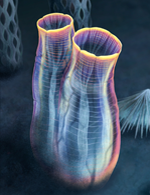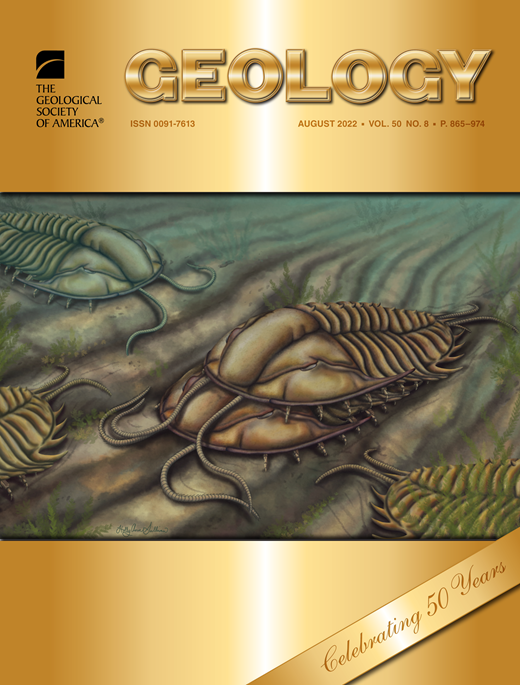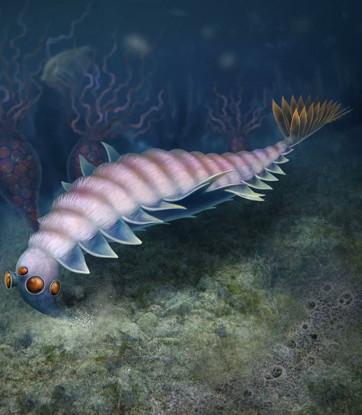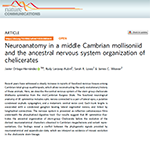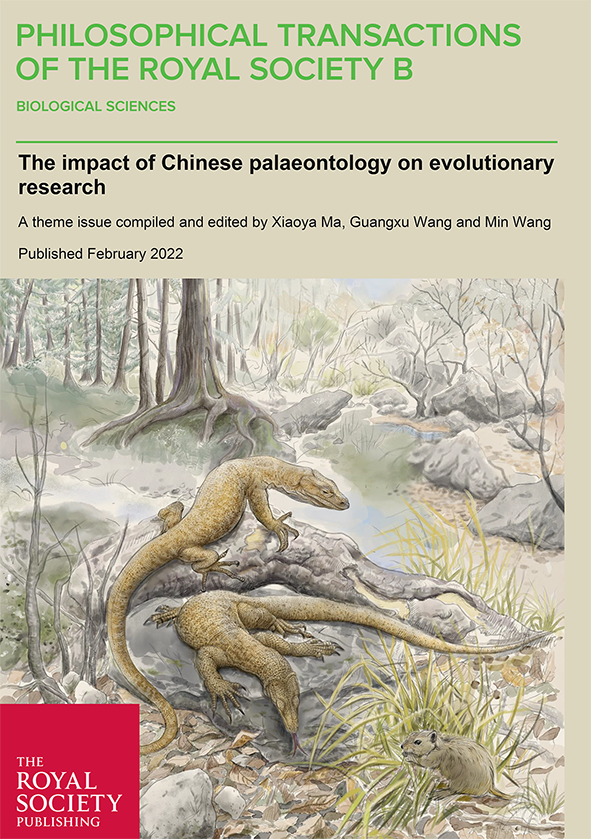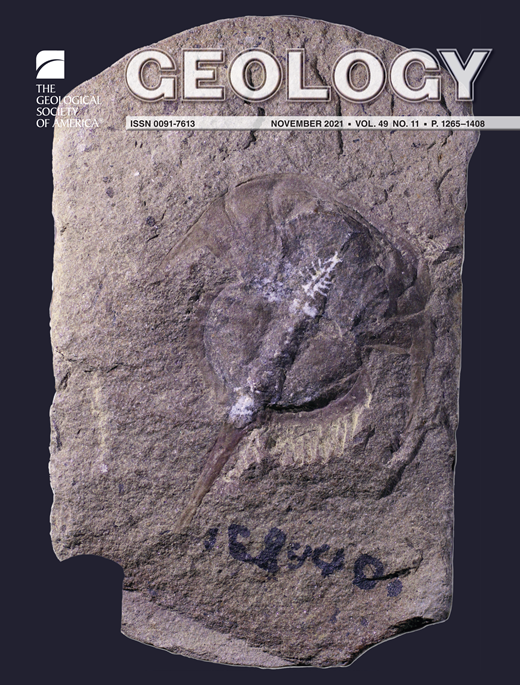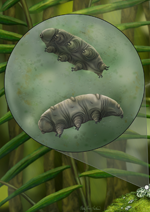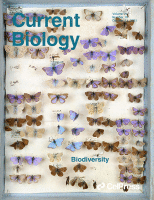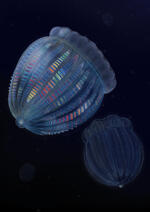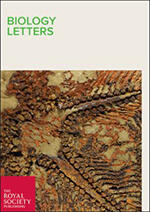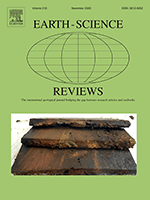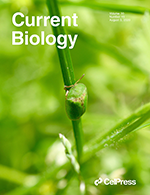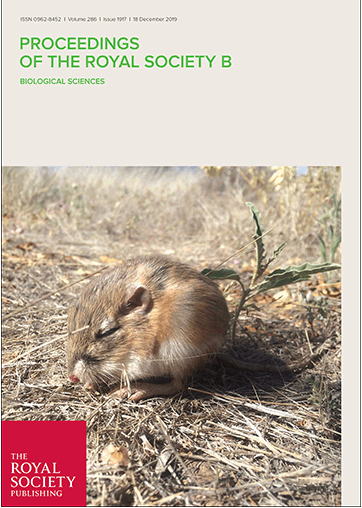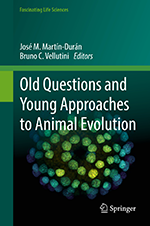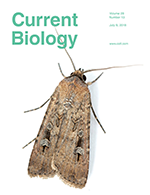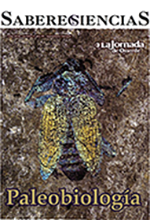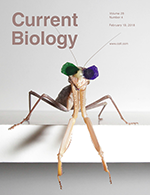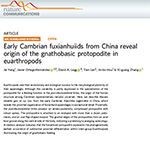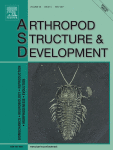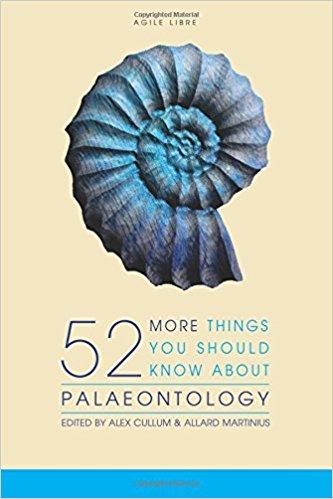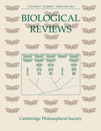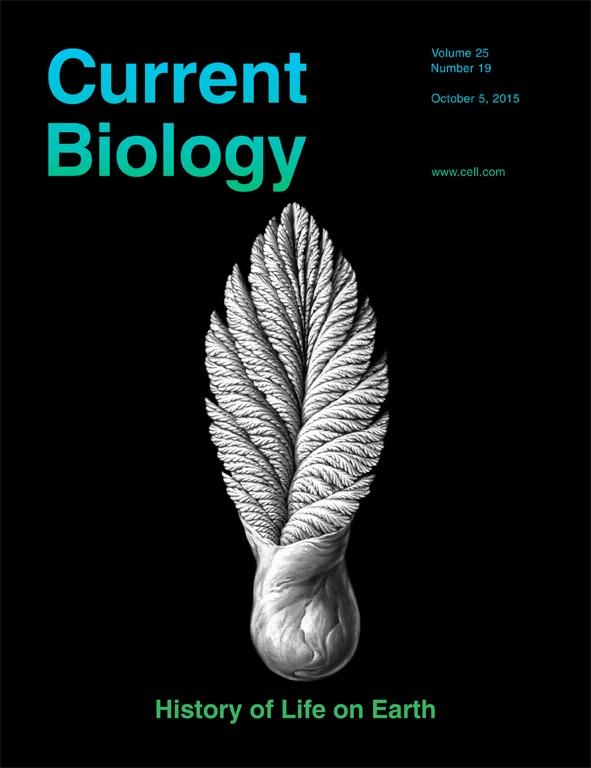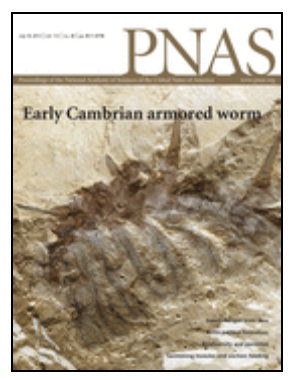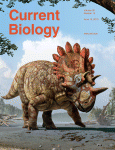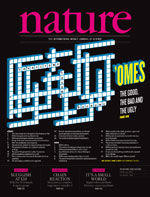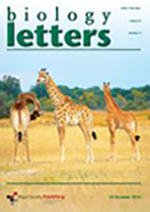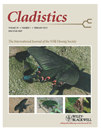Citation:
Abstract:
The recent re-interpretation of the Lower Palaeozoic euarthropod group Mollisonia as belonging to Chelicerata has triggered a renewed interest for the poorly known family Mollisoniidae. In this contribution, we revise the anatomy, taxonomic diversity, and systematics of Thelxiope, the sister-taxon of Mollisonia. This mollisoniid genus comprises four species, and is characterized by the presence of one cephalic, seven thoracic (one per tergite), and three pygidial long sagittal spines. The type species, T. palaeothalassia Simonetta & Delle Cave, is a rare taxon in the Wuliuan Burgess Shale Formation of Canada, which can be recognized by the hypertrophy of a single of its sagittal spines, the posteriomost one. T. spinosa (Conway Morris & Robison)–a species originally assigned to a distinct genus ‘Ecnomocaris’ herein synonymised with Thelxiope–is known from a single specimen found in the Drumian Wheeler Formation of the House Range of Utah. It differs from the type-species in the hypertrophy of both the anteriormost (cephalic) and the posteriormost (third pygidial) sagittal spines. The same Wheeler strata have also yielded a single specimen of a new taxon, T. holmani sp. nov., which lacks hypertrophied sagittal spines and features blunt thoracic tergopleural tips. A putative fourth species, referred to Thelxiope sp. nov. A, extends the stratigraphical range of Thelxiope to the Lower Ordovician (Tremadocian), and its palaeographic range to West Gondwana. Currently under study, this relatively common component of the lower Fezouata Shale fauna is only briefly discussed. Features characterizing the genus Thelxiope and its components almost exclusively pertain to the sagittal spines, for the scarcity and inconsistent preservation of the Cambrian materials as-yet available preclude a confident assessment of the variability of other morphological features. The pygidium in Thelxiope and Mollisonia is not composed of four, but three tergites essentially similar to thoracic ones, except for the lack of articulations.

